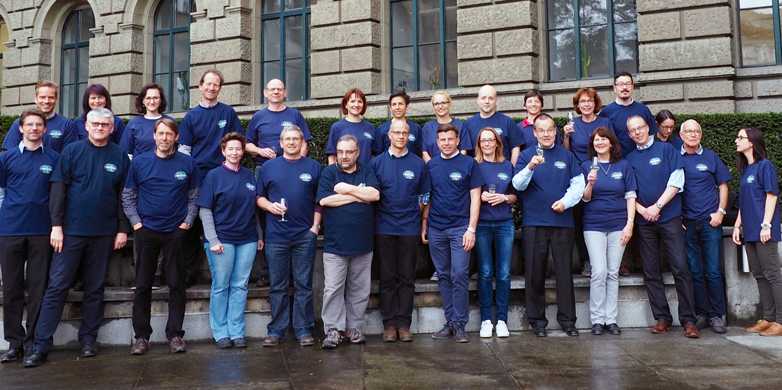refine: new database generation for personnel and financial data
Since Monday, 11 April 2016, ETH Zurich’s financial and personnel data has been managed by a latest-generation SAP-HANA database. This constitutes an important milestone in the construction of the ETH’s new resources and finance platform (refine).
“With a future-oriented technology such as HANA, we have laid the technical foundation for refine, says Robert Perich, Vice President Finance and Controlling. He particularly commends the work of the Competence Center SAP (CCSAP) and the ETH Zurich IT services (ID). “They have seen this assignment through without a hitch. It demonstrates the high standard of expertise we can count on in our administrative colleagues at ETH.”

Since November 2015, around 50 people have been involved in the construction of the new database and the migration of data from Oracle to the new HANA database, from SAP specialists through to testers – of whom only one was external. For André Hunziker (ID BD), Adrian Fischer and Sara Russo (CCSAP), who worked on the operation, the challenge lay primarily in the quantity of data involved.
“The data migration routine was quite familiar – we have a lot of experience in that area,” they explain, “but the scale of it was new to us.” It comprised 27 databases, 33 million accounting records and 10,200 user profiles. As the SAP-HANA database does not require index data for searches and sorting, the volume of data was able to be reduced from the 400 GB of the previous database to 180 GB.
ETH Zurich is one of the first universities in Europe to employ the new SAP-HANA technology. However, “the primary motivation was not to save storage space”, explain Markus Knaus, Head of Controlling and the refine project, and Adrian Fischer. ETH Zurich was looking to secure a future-proof solution and also a database and application from a single source. The new solution marks a significant step forward in both those goals.

